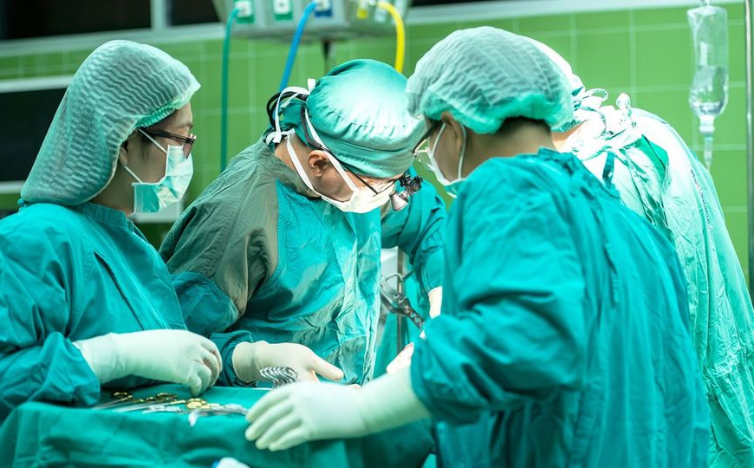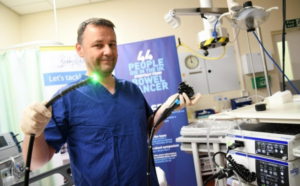High brain pressure, known as intracranial hypertension, can lead to serious problems like strokes and brain bleeds. Traditionally, doctors have to perform invasive procedures that involve drilling into the skull to monitor this condition. Now, researchers have developed a safer and quicker method using artificial intelligence (AI), eliminating the need for such invasive techniques.
Scientists at the Icahn School of Medicine at Mount Sinai in New York have created an AI model that predicts brain pressure by analyzing data from noninvasive tests like heart rate, oxygen levels, and head ultrasounds in intensive care settings. This AI tool was trained using past data from patients who had their brain pressure monitored through invasive methods, such as catheters and sensors placed inside the skull. The new tool can detect changes in brain pressure in real-time, allowing for faster medical responses and potentially saving lives.
A study published in npj Digital Medicine included data from two U.S. hospitals and showed that the AI tool effectively detects high brain pressure. The study found that patients with the highest brain pressure had a much higher risk of severe outcomes, such as brain bleeds and the need for surgery to relieve pressure. This research is one of the largest studies on intracranial hypertension and the first to validate the AI tool with real patient outcomes, an important step toward getting FDA approval. The researchers are considering applying for special status from the FDA to speed up the use of this technology in hospitals.
“Our goal is to make this tool a standard part of ICU monitoring for critically ill patients,” said Dr. Girish Nadkarni, senior author of the study and a professor at Icahn Mount Sinai. “This technology could change how we care for critically ill patients, reducing the need for risky procedures and allowing for quicker responses to emergencies. It could also be useful in managing other serious health conditions like post-cardiac arrest, glaucoma, and acute liver failure.”
Source: hospimedica




